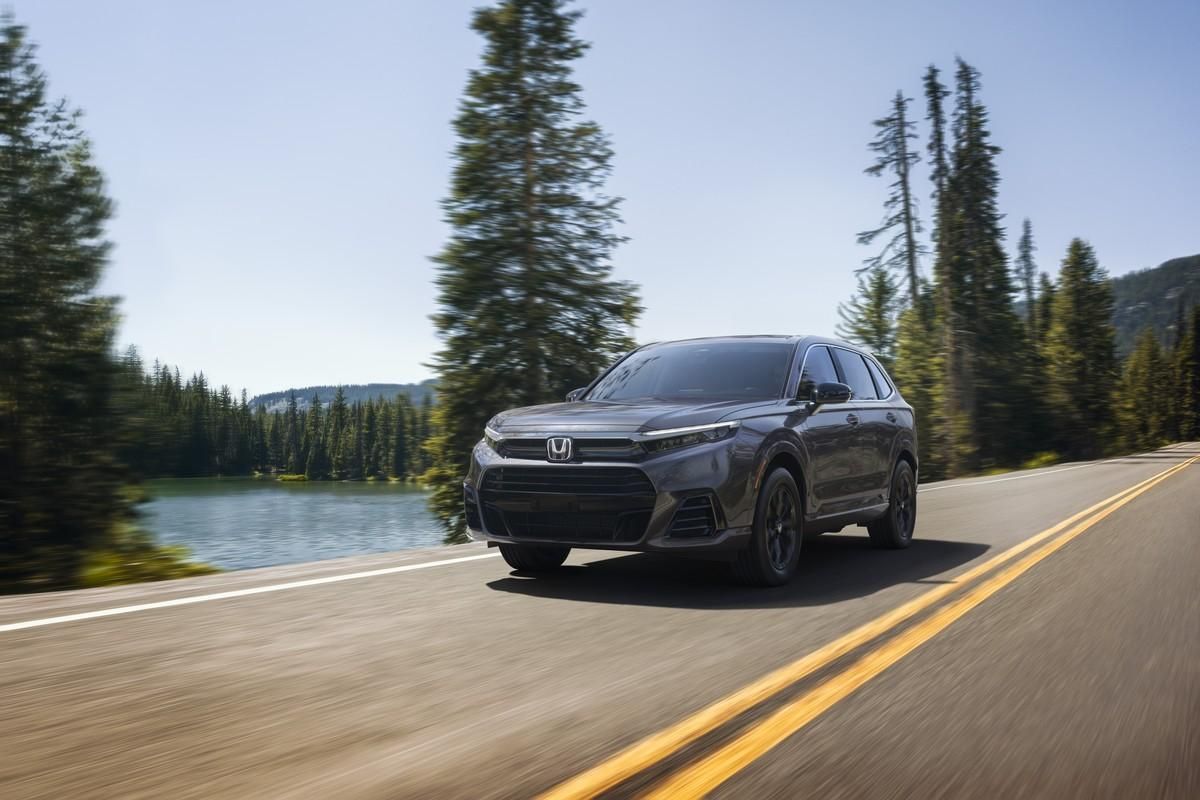Honda announced the start of production for the 2025 Honda CR-V e:FCEV at its Performance Manufacturing Center (PMC) in Marysville, OH, the first U.S.-made fuel cell electric vehicle (FCEV) that combines an advanced fuel cell system with plug-in EV charging capabilities.
"The Performance Manufacturing Center was conceived as a small volume manufacturing facility with a focus on craftsmanship, and I'm proud of how our production technicians leveraged their experience building the Acura NSX to take on the challenge of making this all-new Honda CR-V e:FCEV," said Patrick McIntyre, lead of PMC. "Producing a zero-emission fuel cell electric vehicle is one more step toward Honda's global goal of achieving carbon neutrality for our products and operations."
The CR-V e:FCEV features a 270-mile EPA driving range, with the fuel cell system providing flexibility for longer trips through quick hydrogen refueling and up to 29 miles of EV driving for short trips around town. This dual capability offers a unique blend of efficiency and convenience.
Production at the PMC involved significant adaptations, including the introduction of new assembly processes for the hydrogen tanks, fuel cell system and under-floor battery. Technicians also adapted a new weld system and modified the paint system to accommodate the larger, all-steel body of the CR-V e:FCEV.
The fuel cell system, developed in collaboration with General Motors, boasts higher efficiency and increased refinement, with durability performance doubled and costs reduced by two-thirds compared to the previous generation in the Honda Clarity Fuel Cell. The system is produced at Fuel Cell System Manufacturing LLC in Brownstown, MI.
Honda's CR-V e:FCEV also highlights advanced features such as customizable drive modes for efficiency and sportiness, rapid hydrogen refueling comparable to gasoline, and a quick 1.8-hour recharge time using a level 2 charger. Additionally, the vehicle includes the Honda Power Supply Connector, allowing it to serve as a clean power source for small home appliances, power tools or camping equipment.
This production milestone aligns with Honda's broader electrification strategy, which aims for battery-electric and fuel cell electric vehicles to represent 100% of its new vehicle sales by 2040.










